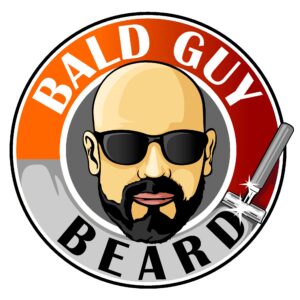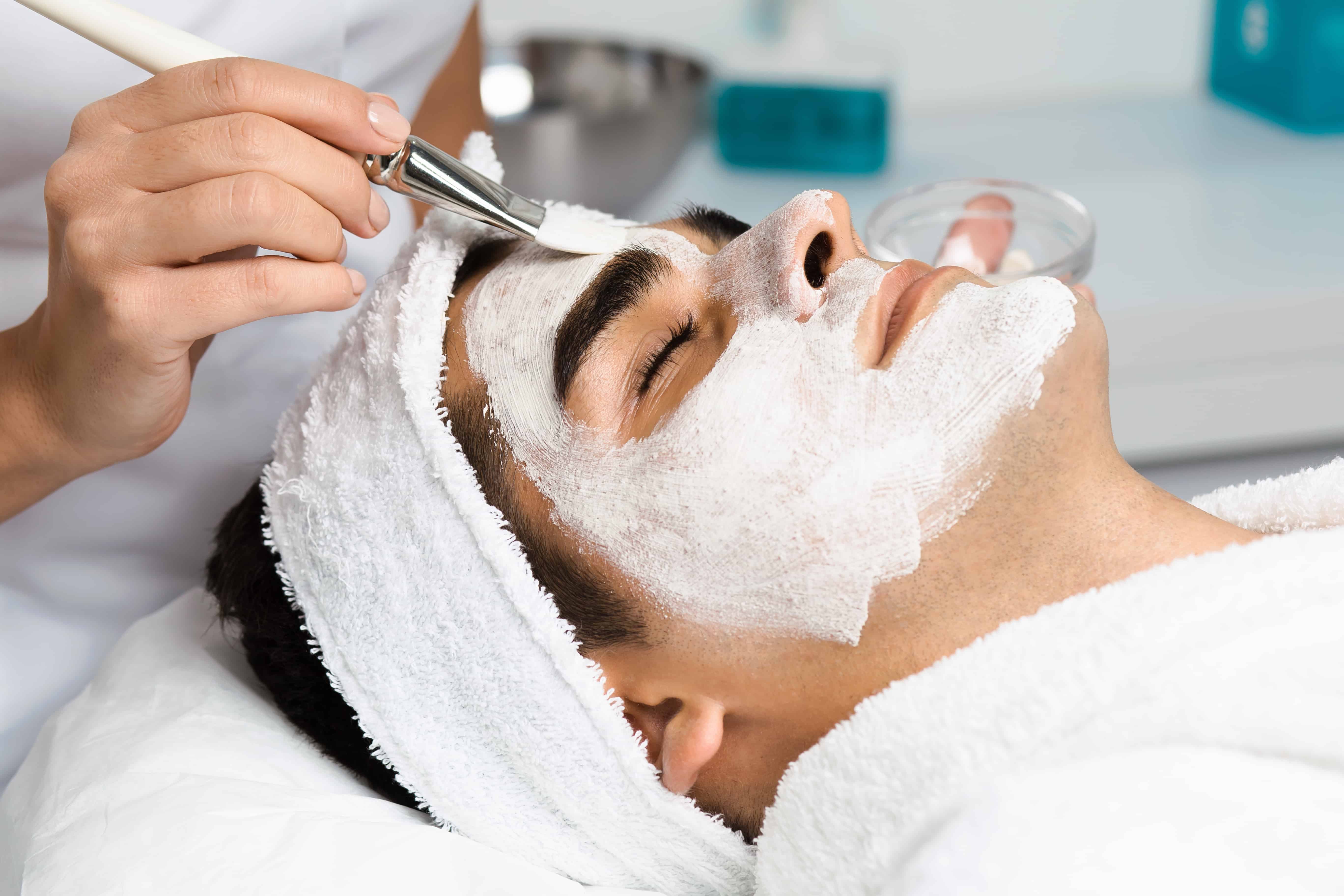As we spoke about with the dermaplaning process, having that procedure done monthly at the most is ideal. It gives your skin a chance to naturally replenish skin cells and go through its own natural cycle without being disrupted.
But how often should a man have a facial?
Since the skin regenerates itself about every 28 days (4 weeks), having a facial no more frequently than every 4-6 weeks at most makes sense. As a guy, you may only want to try a facial and see the benefits and decide if you should continue with them moving forward on a schedule that makes sense for you. You may decide to get a facial once per quarter or 4 times yearly based on your desires and budget if once every 4-6 weeks is too frequent for your liking. That way you continue to see the benefits over time without breaking the bank.
Having said that, your own specific situation may dictate that it’s better to have a facial at the more frequent end of that scale if you have oily skin or are prone to acne breakouts.
What Is A Facial?

Depending on the practitioner offering the service a facial typically offers the following steps:
Consultation
The first step usually involves filling out a questionnaire to discuss skin issues you face, problems you’d like to address and any other skin-related concerns you have ie. dry skin, acne, eczema, etc. This helps the practitioner performing the facial to better understand how they can help you while also addressing the issues you face.
One thing to remember up front is that you are visiting a business and they will most likely try to sell you upgrades and other services that they recommend. Part of it is because they are a business that needs to make money but if they’re professional, they are also trying to match your skin type and needs with certain products and services that can actually aid you.
When I had my first facial, the practitioner had me fill out such a form and also asked me a few questions about any allergies I may have, things like that.
As far as who does facials, you’re looking an esthetician (or aesthetician). They will often work in a spa, skincare clinic, salon or other business.

Cleansing
The first step in the actual process normally involves the cleansing of your skin by wiping away oil, dirt, debris etc. Depending on your skin type and issues, various products might be used but this is the first step to wipe away impurities from your skin. If you have a facial in the morning shortly after a shower, it’s possible your skin is relatively clean but if your appointment is later in the day, you may find more oil and dirt is removed.
Having a facial later in the day can be helpful in this regard as it gives the practitioner a good look at your skin and the conditions you deal with ie. oily skin, dry skin. It’s also preferable than a facial first thing in the morning when your skin may still be puffy and swollen from lying down in bed overnight.
Skin Analysis
After cleansing your skin, the practitioner can better see skin issues that you face now that your skin is clean and can decide what products should be applied during the facial. Whether or not you have acne or blackheads and whether you have dry, oily or combination skin may help to determine which products and services they use. They may use a lamp to better view your skin and will use their hands to feel any bumps and to get a sense of the texture of your skin.
Steam
Warm steam helps to soften the skin and thus soften blackheads and acne while also helping to open the pores on your skin. A steam machine blowing a light vapor of steam on your face may be used to accomplish this. They may also use a hot towel that is placed over your face.
Exfoliation
Exfoliation involves using a cleanser perhaps with some grit to gently remove dead skin as well as surface oil and dirt from your skin to clear and open pores. Not only does this help decrease the chance of acne breakouts it makes it easier for skincare products that you use to penetrate the skin.
Professional facial practitioners typically use professional grade enzyme and chemical peels and other products that we as consumers may not have access to. This step provides further cleansing and can also help to reduce wrinkles while hydrating your skin.
Extractions

At this point once the steam has had a chance to soften your skin for at least a few minutes, the practitioner will perform an extraction. This involves using a sterile metal instrument(s) to remove blackheads and acne typically from the nose area and often from the forehead between the eyebrows. The instrument is gently but firmly pressed down on your skin (your nose for example) and it pushes out the gunk from blackheads in a safe way.
While you can do this yourself at home and may be a fan of zit popping videos, it’s better to get a professional to do such extractions using sterile instruments and their professional experience to avoid infection from your dirty fingers.
Facial Massage
Other than being relaxing, a facial massage also helps to stimulate the skin and bloodflow while smoothing lines on your skin. This step is typically used in conjunction with an essential or aromatherapy oil.
Facial Mask
A face mask may be applied to your skin, is allowed to set and is then peeled off your skin after it has had a chance to dry slightly. The purpose of a mask is to pull impurities from your skin, remove dead skin cells and other debris that wasn’t removed by the previous methods or that became loose from the extraction process. It may also be done earlier in the process before the extraction step.
The Final Steps
Depending on the practitioner, this step typically involves the use of a toner, moisturizer or other products to finish things off. As mentioned above, a facial helps to clean your skin and open pores which makes it easier for skincare products to penetrate your skin. Given that fact, the best time to apply such products to your face is at the end of a facial. A toner helps to remove any remaining oil and debris from your skin. A moisturizer helps to prevent your skin from drying out. A serum is typically also applied that meets your skin’s specific needs.
Depending on which clinic you choose to do the facial, the extra service(s) you choose and the total cost you pay, the steps may differ as may the order.
Who Benefits The Most From A Facial?

While facials are often thought of – and largely marketed as – a procedure for women, the truth is that men can benefit from a facial as much if not more than a woman given that we’re not marketed to or educated on face skin nearly as much as women are. Men simply aren’t often as aware of skin care products as women are and we aren’t necessarily told about their importance.
Guys who have oily skin and are prone to acne breakouts can benefit from facials. Men who don’t spend much time on their face care routine or simply want to treat themselves and try a new process may find the procedure helpful and relaxing too.
Conclusion
- A facial is a skincare procedure usually performed by an esthetician that involves a series of cleansing and cleaning task on the face.
- While often thought of as a procedure for women, men get facials too and can certainly benefit from them.
- How often should a man have a facial? Not more frequently than once every 4-6 weeks to give the skin a chance to go through its own natural skin regrowth cycle.
- This is certainly true if you suffer from acne breakouts or have oily skin. A facial will help to deep cleanse and clear your pores.
- Some clinics may offer other services such as dermaplaning that you can do in conjunction with a facial.
Have you had a facial before? Let us know in the comments below!


